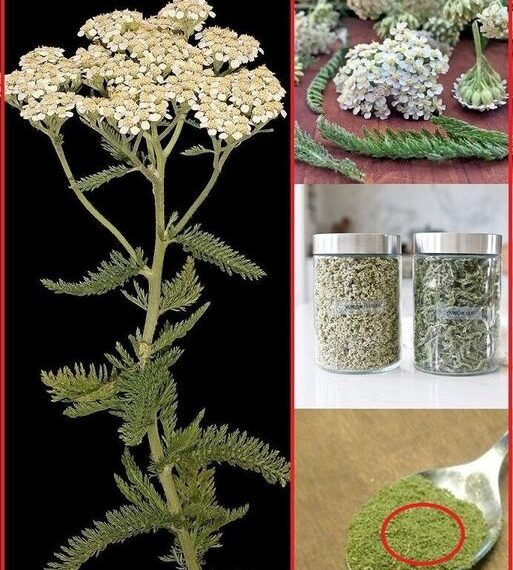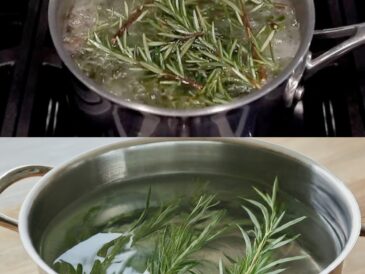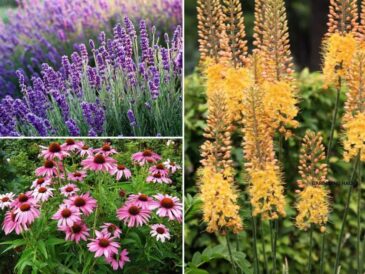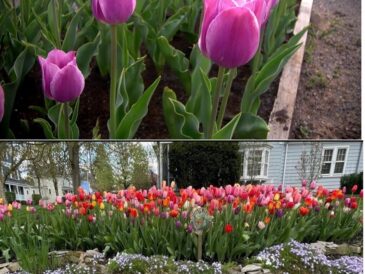3. Ornamental Value
Aesthetic Appeal
Yarrow’s feathery foliage and vibrant flower clusters add texture and color to garden landscapes. It blooms from early summer to fall, providing a long-lasting display of white, pink, red, yellow, or purple flowers. Yarrow’s versatility makes it suitable for borders, rock gardens, meadows, and wildflower gardens.
Drought Tolerance
Yarrow is a drought-tolerant plant, making it an excellent choice for xeriscaping and water-wise gardening. Its ability to thrive in poor, dry soils reduces the need for irrigation, conserving water resources and promoting sustainable gardening practices.
4. Culinary Uses
Flavoring Agent
Yarrow leaves and flowers can be used as a flavoring agent in various culinary applications. The leaves have a slightly bitter, peppery taste that can enhance soups, stews, salads, and herbal teas. The flowers can be used to infuse vinegars or as a decorative garnish.
5. Cultural and Historical Significance
Folklore and Traditions
Yarrow has a rich cultural history and is often associated with protection, divination, and healing in folklore. It has been used in rituals, ceremonies, and traditional medicine across different cultures, symbolizing its enduring significance.
6. Wildlife Habitat
Shelter and Food
Yarrow provides habitat and food for various wildlife species. Its dense foliage offers shelter for small animals and insects, while its seeds are a food source for birds. By incorporating yarrow into garden landscapes, you can create a more diverse and vibrant ecosystem.
How to Grow and Care for Yarrow
Planting
TO CONTINUE READINGSEE NEXT PAGE




